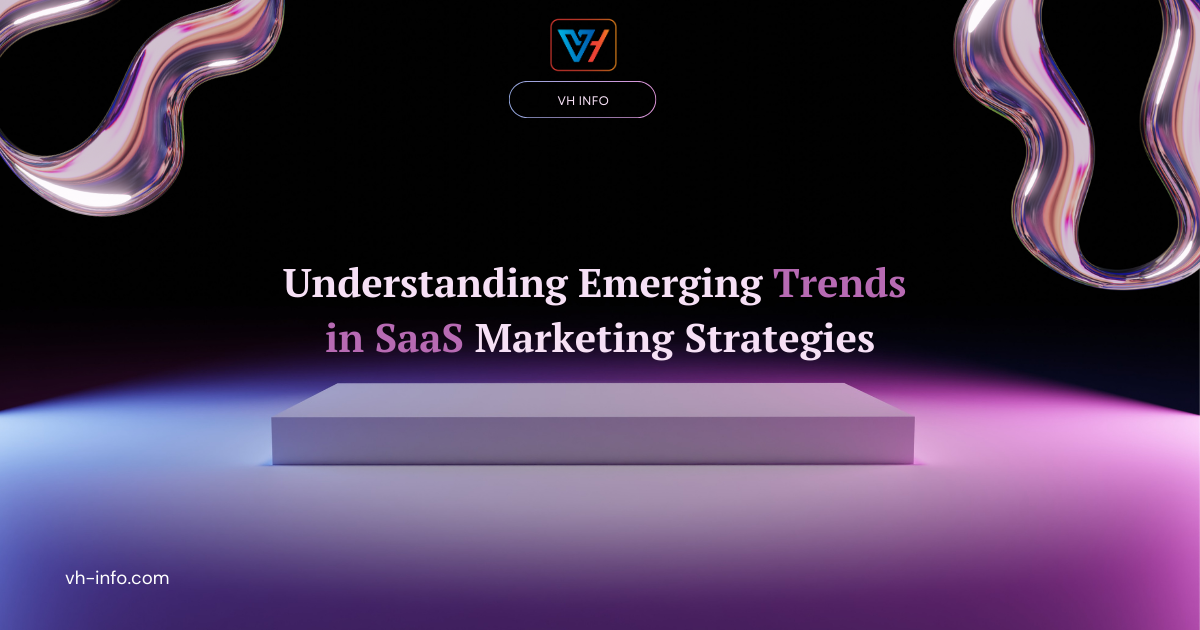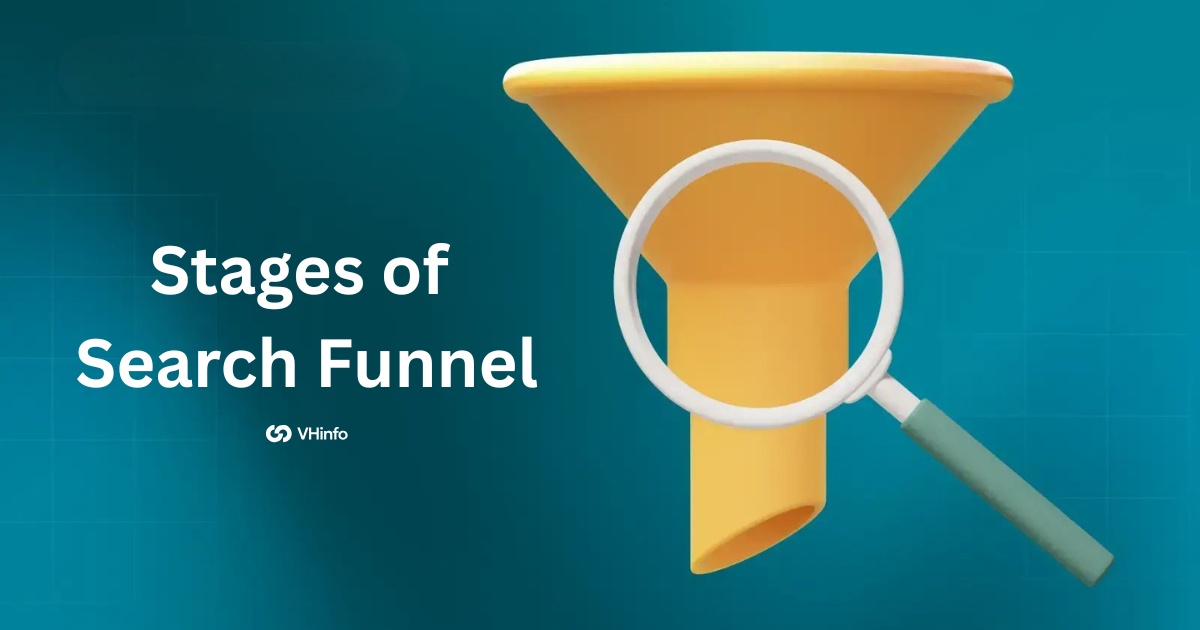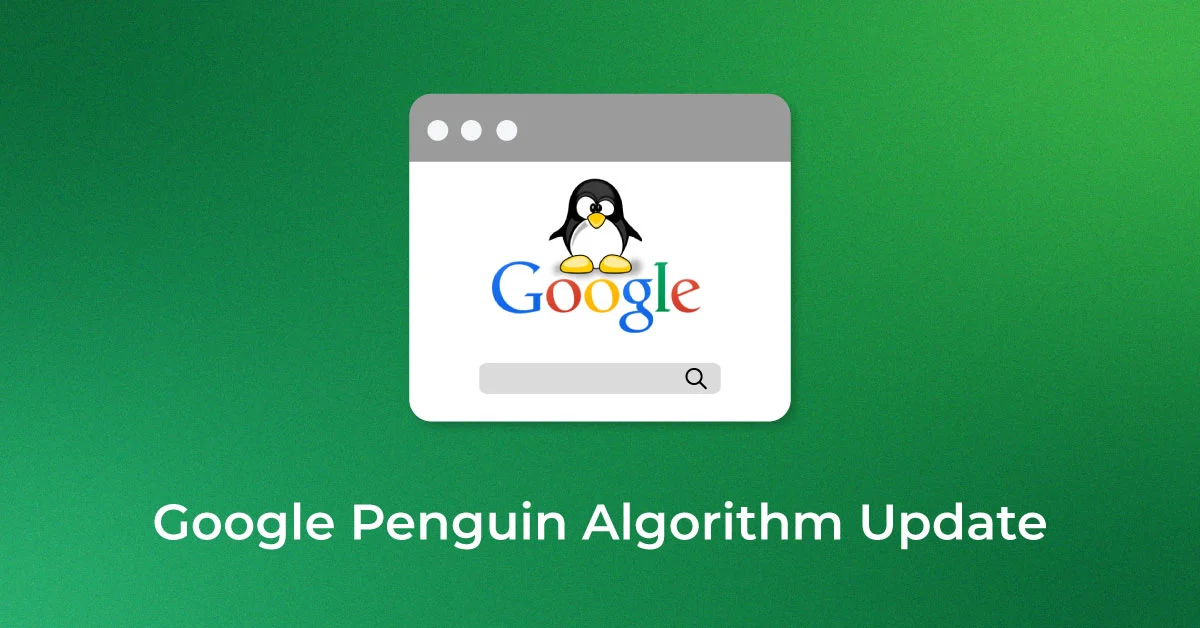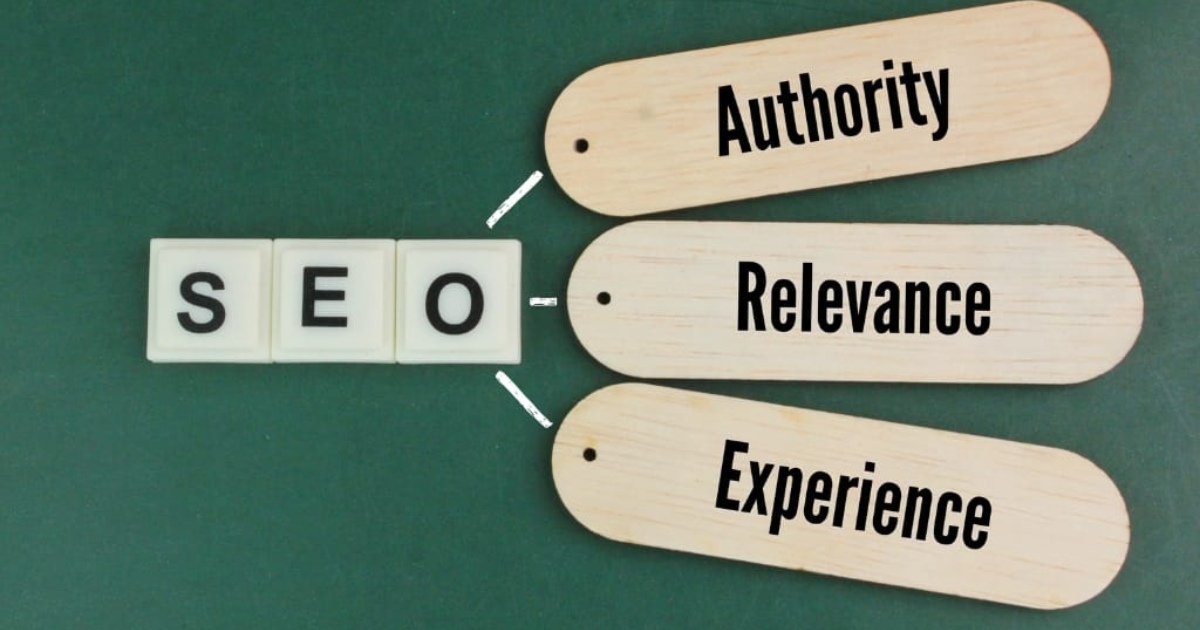Software-as-a-Service (SaaS) delivers software solutions through the cloud, making them accessible anywhere with an internet connection. From project management tools to customer relationship platforms, SaaS simplifies operations for businesses and individuals alike.
But in a crowded market where innovation is constant, standing out as a SaaS provider becomes a challenge. This is where strategic marketing comes into play. The right approach will not only attract attention but also build trust and long-term users.
Understanding emerging trends in SaaS marketing ensures your strategy remains effective and relevant.
Leveraging Personalized User Journeys to Boost Retention
Personalized user journeys are all about creating tailored experiences that resonate with individual users. By analyzing behavior, preferences, and engagement patterns, SaaS companies can provide content or features that feel uniquely relevant to each customer.
Why does this matter? It keeps users engaged and satisfied. People stick around when a product seems designed just for them.
Benefits include:
- Higher retention rates by addressing user needs directly.
- Improved onboarding processes through tailored guidance.
- Enhanced upselling opportunities by suggesting fitting upgrades.
Personalization fosters stronger connections between customers and your software. In turn, these relationships translate into loyalty over time.
Generating Leads with AI-Powered Chatbots
AI-powered chatbots are reshaping how SaaS companies interact with potential customers. These virtual assistants engage users instantly, answer questions, and guide visitors toward taking action – whether it’s signing up for a free trial or exploring new features.
They work around the clock without requiring additional staff, making them cost-effective and scalable tools for lead generation.
Why are they valuable? Well, they:
- Respond to inquiries in real time, improving customer experience.
- Qualify leads by collecting information like needs or pain points during conversations.
- Automate follow-ups to keep prospects engaged after their visit.
Adding AI-driven chat support ensures your SaaS product captures every opportunity to connect while simplifying the user journey!
Using Freemium Models as a Growth Strategy
Freemium models give users free access to basic features while offering premium upgrades for advanced tools.
This strategy allows potential customers to try your software risk-free, which builds trust and lowers the barrier to entry.
It works because people love no-pressure options. They can experience value without commitment, making them more likely to convert into paying customers when they see benefits.
Advantages of freemium include:
- Allowing wide user adoption with minimal upfront resistance.
- Creating opportunities to showcase product strengths naturally over time.
- Encouraging organic referrals from satisfied free-tier users.
Successful freemium strategies depend on finding the right balance – offering enough value in the free tier to attract interest but reserving impactful features that motivate upgrades.
It’s an effective way of driving growth while establishing goodwill among your target audience.
Experimenting with Niche Market Positioning Techniques
Positioning your SaaS in a specific niche can set you apart from competitors and help capture highly targeted audiences.
By addressing unique challenges faced by certain industries or professions, you can align your product as an essential tool for their success.
Targeted messaging is key here. It shows potential customers that your software understands and solves their exact needs.
For instance:
- SaaS platforms for healthcare professionals might focus on compliance tools.
- Creative agencies often value collaboration features tailored to design workflows.
- Accounting firms appreciate automation tools that save time during tax season.
Targeting niche markets often requires understanding industry-specific pain points and goals.
For example, SaaS platforms tailored for accountants might focus on automating invoicing or tax preparation processes. Highlighting relatable benefits, such as streamlining tasks that directly impact professional accountant salary expectations, can resonate strongly with this audience.
Niches create loyal users when served well!
Harnessing Customer Advocacy for Organic Growth
Customer advocacy turns satisfied users into brand ambassadors who naturally promote your SaaS product.
When customers share positive experiences, they build trust with their networks, creating a ripple effect of organic growth.
It’s effective because people value recommendations from real users over traditional ads.
Advocacy leverages authenticity to strengthen your marketing efforts without increasing spending.
Key ways to encourage advocacy include:
- Providing excellent customer support that builds loyalty.
- Incentivizing referrals with rewards like discounts or credits.
- Sharing success stories and testimonials on your platforms.
Building advocates doesn’t just amplify reach; it solidifies trust in your brand – as loyal customers speak on your behalf, drawing others to explore what you offer.
Utilizing Data-Driven Decision Making for Targeted Campaigns
Data-driven decision making transforms marketing from guesswork into precision. By analyzing things like user behavior, engagement trends, and conversion data, SaaS companies can craft campaigns that directly appeal to their audience’s preferences and needs.
It’s like having a roadmap that shows exactly where your efforts will succeed the most.
Utilizing data-driven decision making strategies ensures no resources are wasted on irrelevant messaging or ineffective channels.
It helps by:
- Refining customer segmentation for highly targeted ads or emails.
- Predicting trends using analytics to stay ahead of competitors.
- Improving ROI by focusing budgets on strategies with proven success rates.
Google Analytics is a go-to tool for tracking key metrics, while platforms like HubSpot enable streamlined campaign optimization based on performance data.
With insights guiding your decisions, every move in your marketing plan becomes intentional and impactful.
Optimizing Conversion Rates with Interactive Demos
Interactive demos allow potential customers to explore your SaaS product in a hands-on way, showcasing its features and benefits without needing a full commitment.
Unlike static presentations, these demos let users experience the value of your software firsthand.
This approach bridges the gap between interest and conversion by answering key questions like: “How does it work for me?” or “Is this worth my investment?”
Here are some key reasons why interactive demos boost conversions:
- They showcase real-time solutions to customer pain points.
- They encourage active participation, increasing user engagement.
- They build confidence in purchase decisions through practical examples.
Companies like HubSpot use guided tours or self-led walkthroughs to introduce their tools seamlessly. So, consider doing the same.
With an effective demo strategy, you will move beyond selling ideas. You’ll show tangible outcomes that lead prospects toward becoming paying users!
Implementing Video Marketing to Enhance Engagement
Video marketing is a powerful tool for SaaS companies to capture attention and simplify complex concepts. Videos are easy to consume and provide visual demonstrations of your product’s value, making them an ideal format for reaching busy prospects.
This strategy works because people retain information better when it’s presented visually. Plus, videos build trust by showcasing real use cases or customer success stories.
Here are some tips for enhancing video engagement:
- Explain the features clearly with tutorials or walkthroughs.
- Highlight benefits using testimonials from happy customers.
- Boost brand visibility through shareable content on social media.
For instance, Slack effectively uses short animated videos to illustrate its collaboration features in action.
A well-crafted video communicates more than text ever could – it connects emotionally while demonstrating how your SaaS can make life easier.
Retaining Customers Using Proactive Support Tactics
Proactive support ensures users feel valued by addressing their needs before problems arise. It’s about anticipating challenges and offering solutions, rather than waiting for customers to seek help.
For SaaS companies, this creates a seamless experience that reduces churn and boosts satisfaction.
It benefits retention by:
- Detecting usage issues early through monitoring tools or feedback systems.
- Offering personalized tips or training based on customer activity trends.
- Showing commitment by providing regular check-ins or exclusive resources.
- Implementing a permit-to-worksystem to ensure secure and efficient user access to critical functionalities during troubleshooting or updates.
For example, Intercom uses proactive messaging to guide new users during onboarding, ensuring they fully understand the platform’s features.
When you make customers feel supported from the start – and beyond – they’re more likely to stay loyal – because your SaaS becomes an essential part of their workflow!
Scaling SaaS Businesses Using Community-Led Growth Models
Lastly, community-led growth leverages the power of your users to drive adoption and advocacy for your SaaS.
By fostering a space where customers can connect, share knowledge, and engage with your brand, you will create an ecosystem that naturally promotes loyalty and attracts new users.
This strategy works because people trust recommendations from peers more than advertising.
A strong community also builds emotional investment in your product.
Community-led growth models:
- Encourage organic word-of-mouth marketing among members.
- Provide valuable feedback for improving features or services.
- Reduce churn as users feel supported within a collaborative environment.
By empowering customers to lead conversations about your product, you can transform them into advocates who fuel sustainable growth through genuine connections.
Final Thoughts
Staying ahead in SaaS marketing means adapting to change and exploring fresh approaches. Trends emerge quickly, but understanding which strategies align with your audience ensures consistent growth.
Success comes from balancing creativity with customer-centric thinking – testing new ideas while staying focused on delivering value.
As the landscape evolves, prioritizing innovation and authentic engagement keeps your brand relevant and memorable.
Ultimately, the future of SaaS marketing belongs to those willing to experiment, adapt, and prioritize the needs of their users. Every step forward strengthens your ability to stand out and thrive.
By embracing smarter tactics today, you’ll build stronger connections that secure lasting success tomorrow in an ever-competitive SaaS market.



